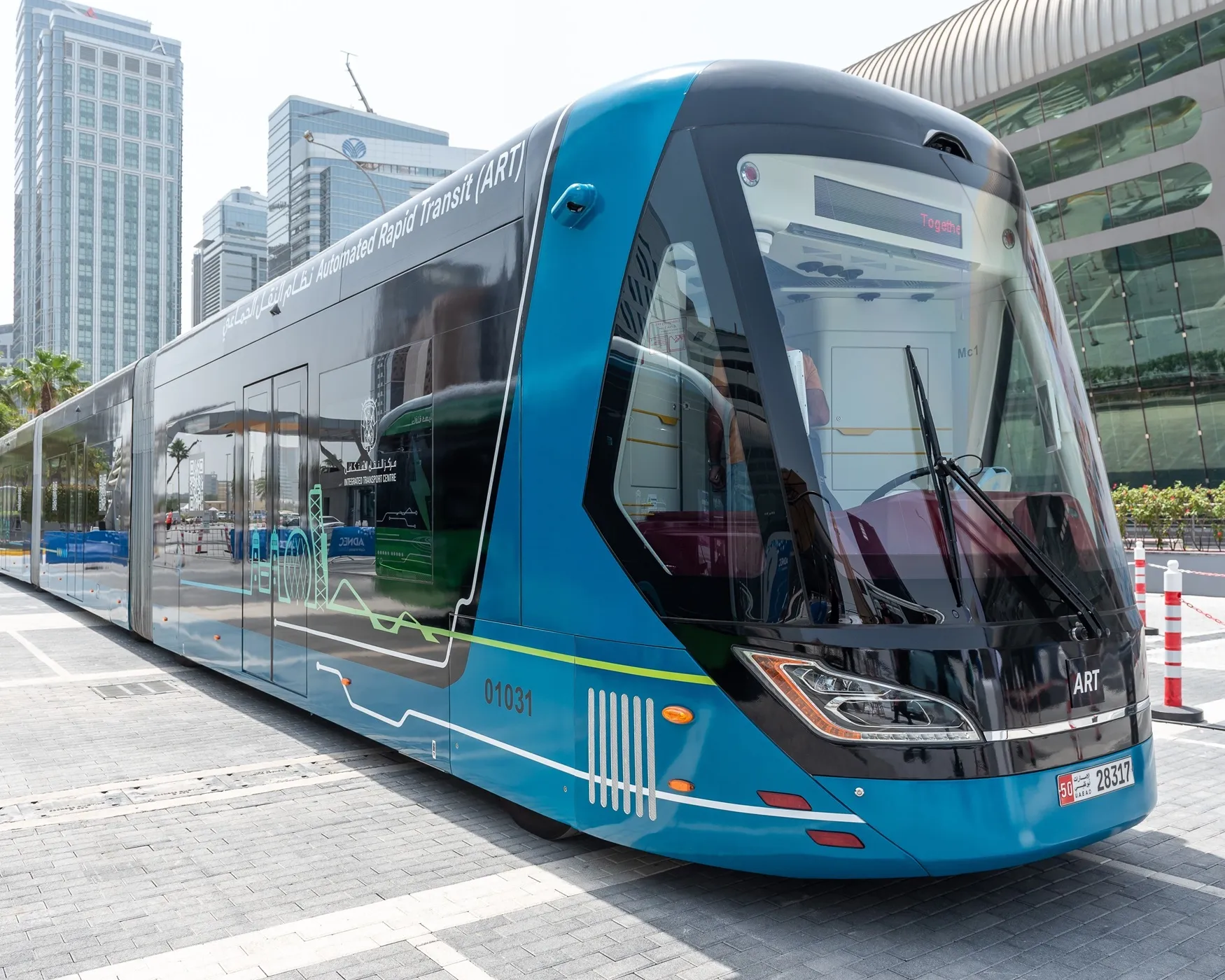
From autonomous vehicles (AVs) to subscription car services to bike-sharing, the global mobility ecosystem is forecast to grow to more than $1 trillion by 2030, according to KPMG’s Mobility 2030: Transforming the Mobility Landscape report. The truth is, Mobility as a Service (MaaS) is disrupting the traditional transportation sector, integrating various forms of transport services into a single mobility platform accessible on demand, while revolutionising the way city dwellers navigate their journeys from point A to point B.
While companies such as Uber and Bolt have adopted this service model, traditional automotive leaders have recognised the imperative to transform into service providers in order to meet evolving consumer demands toward access to services over the ownership of physical products, a trend indicative of the subscription economy.
In fact, according to KPMG’s Global Automotive Executive Survey, 39% of car owners believe they will no longer want to own a personal vehicle by 2025. Further figures from the UK Department for Transport identified that the number of men aged 17-20 in England holding a full UK driver’s licence has fallen from 50% in the mid-1990s to just under 30% in 2017.
In short, technology is fuelling a shift in consumer behaviour and the transport industry is in a race with time to adapt to meet these evolving needs.
Unprecedented pace
“Automotive is facing disruption at an unprecedented pace, affecting virtually every aspect of the industry,” says Sanjay Ravi, general manager of automotive industry at Microsoft. The innovations transforming the auto industry are fundamentally changing the way we view transportation. The impact of the subscription economy has enabled the use of autonomous ride-sharing vehicles, becoming the cornerstone to make MaaS a reality and change the way consumers move around urban environments.
Subscription services have become part of our everyday lives, adding a layer of convenience and simplicity to any given experience (from video and music streaming like Netflix and Spotify to the way we get around with services like Uber, Radiuz and FordPass), while eliminating significant upfront costs and the maintenance associated with owning physical products.

In fact, the trend is moving away from ‘ownership’ and toward ‘usership’. To date we have already seen the progression of this trend with consumers using popular car-sharing and ride-hailing apps. A YouGov poll of 2,000 Brits, sponsored by Zuora, found that nearly one quarter (24%) would forgo buying a car, opting to subscribe to a car-as-a-service such as Zipcar, ShareNow and Drivy within the next year instead. The impact this has on the transport industry is momentous, as there becomes less congestion on the road, more environmentally friendly and convenient transport and an overall surge in consumer demand for MaaS.
Ownership shift
The shift from ownership to usership provides the infrastructure, technology and industry partnerships through one single platform needed to make MaaS a success. A key driver is its ability to offer integrated and collaborative services to the user. One example of this is Radiuz, a Dutch company which saw the need for ownership-based mobility solutions was disappearing and instead offered travel as a usage-based model. The platform integrates mobility solutions, including public transport, bikes, taxis and even parking, in the form of a pay-as-you-go subscription, which provides access to a variety of mobility options allowing customers to plan, book and view all journeys directly online.
Another example can be seen from Monet Technologies, which is helping to bring MaaS to the masses in Japan in 2020, after launching its service platform to combine one-time, recurring and usage-based pricing models that apply various billing frequencies to create new offerings. Aiming to create new value for consumers, Monet was founded to develop and deploy mobility services utilising self-driving vehicles. Given the unique transformational challenges most industries are facing today, this will become a key platform to drive growth in the transport industry and build on the customer’s experience.
Continuous value
Decision makers in the transport industry are beginning to take notice of this shifting trend. In today’s world, it’s no longer only crucial to ‘own’ the customer relationship, but to provide continuous value and iterating offerings to support evolving demands. Many notable auto companies including BMW, Uber, Hertz and ZipCar have changed their business models to adapt to evolving customer demand – moving from a static and linear product offering to a subscription-based model to encourage predictable and stable revenue.
The automotive industry has recognised the potential of value-added subscription services in order to unlock new revenue streams. The Financial Times stated last year that “of all the trends sweeping the auto world — from electrification to self-driving cars — the rise of subscriptions is the one that threatens to upend a business model, honed over a century, of developing a car and selling it to motorists who replace it periodically”.
By developing unique, customised subscription offerings throughout the auto industry, consumers will be better placed to select the services that best suit them. We will see a dramatic decline of traditional models of manufacturing and sales of cars - with data released showing new car sales worldwide are expected to drop by 4% - as we continue to see a rise in businesses incorporating MaaS, shifting from ownership to usership. The impact from the subscription economy and MaaS will enhance the customer experience and in turn, drive growth and a magnitude of opportunities within the transport mobility sector throughout the next decade.
ABOUT THE AUTHOR:
John Phillips is general manager EMEA, Zuora








